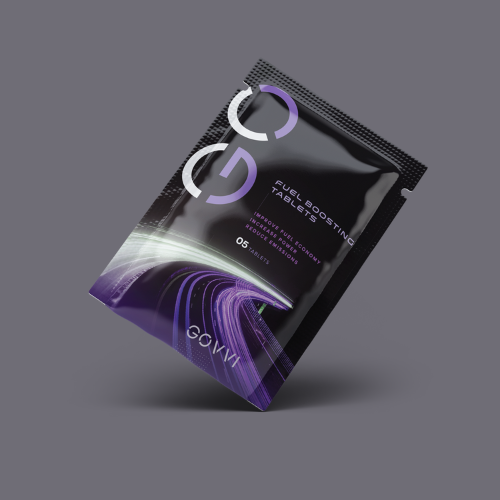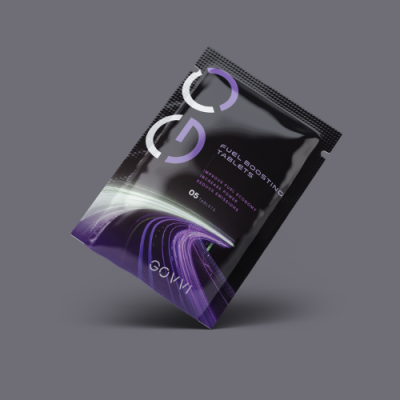Beschrijving
Productbeschrijving
GOVVI Auto Maximize Fuel Efficiency
Discover the key to optimum vehicle performance.
Krijg meer mijlen per gallon
GOVVI members have reported up to 20% more miles per gallon.
Boost kracht en prestatie
One tablet treats up to 20 gallons of regular or diesel fuel and is safe for all combustion engines.
Verminder emissies en uitlaatgassen
Onze formule maakt gebruik van technologie die is ontwikkeld door Nobelprijswinnende scheikundigen en is EPA-geregistreerd.
Over GO-brandstoftabletten
Onze revolutionaire, supergeconcentreerde brandstofkatalysator helpt grote, moeilijk te verbranden brandstofdeeltjes af te breken, waardoor meer energie uit de brandstof wordt gehaald, wat resulteert in maximale brandstofzuinigheid met lagere emissies.

Reduces Harmful EmissionsBoosts Power & Performance
Cleans Carbon Deposits
Improves Fuel Stability
Improves Fuel Burn
Improves Mileage
GOVVI Boost Fuel Tablets
One package contains five tablets.
One tablet treats 15 to 20 gallons of fuel.
Molecular Behavior of Petroleum and Oil Derivatives
(Gasoline and Diesel)
Inside the Combustion Chamber
Oil and its derivatives, gasoline and diesel, tend to behave in an UNSTABLE manner inside the
combustion chamber. This molecular instability causes the formation of solid residues called oxides
due to the acid process in the combustion chamber. This acid process results in CARBONIZATION,
and because the oxides are resistant to high temperatures, the carbonized ore adheres to the metals
used in the various components of an engine causing build up and eventually damage.
Important Note: This oxidative process will occur in any type of engine (new or old) operated by
some type of fossil fuel.
This oxidative process will cause the engine of your vehicle to consume more fuel, pollute the
environment, increase preventative and corrective maintenance costs, and lose power.
• CARBONIZATION IN SPARK PLUGS
• CLOGGING OF OIL / GASOLINE FILTER
• DAMAGE TO OXYGEN SENSORS
• LOSS OF ENGINE COMPRESSION
• INCREASE IN POLLUTING GASES
• HIGHER FUEL CONSUMPTION
• MORE FREQUENT OIL CHANGES
• INCREASE IN ENGINE TEMPERATURE
• REDUCES TOXIC GAS EMISSIONS
• DE-CARBONIZES CARBON RESIDUE LEAVING A CATALYTIC VARNISH
ON THE ENGINE
• ADDS ENERGY TO THE NET RESULT OF MORE FUEL EFFICIENCY


